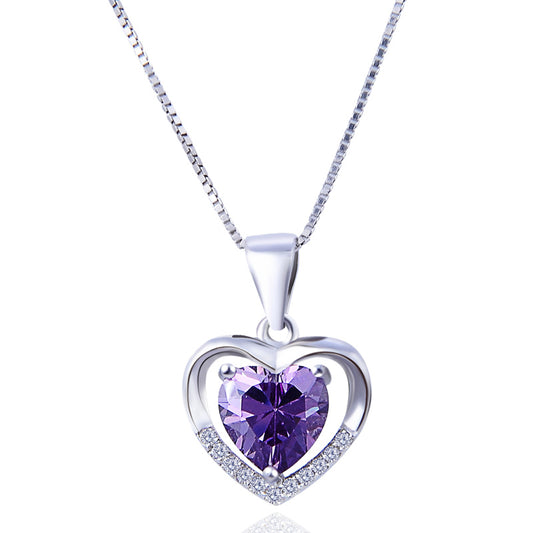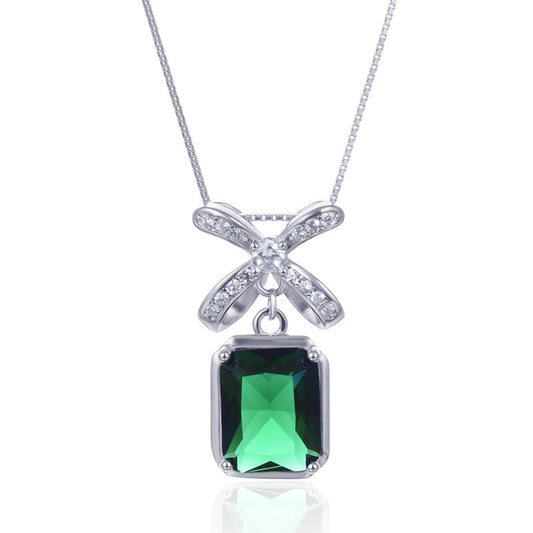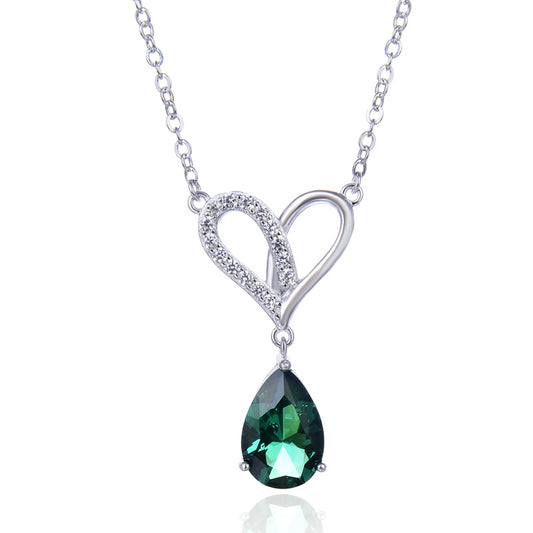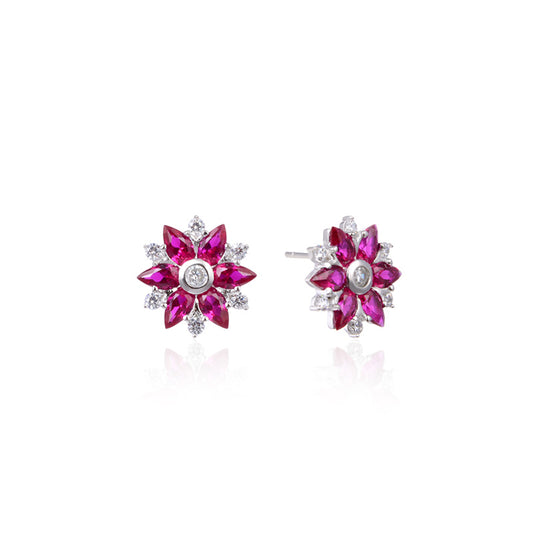Why Purple for International Women's Day?
As the world gears up to celebrate International Women's Day on March 8th, one color stands out prominently in the festivities: purple. From social media posts to official events, purple seems to be the hue of choice for this global celebration of women's achievements. But why purple? What does this color symbolize, and how did it become associated with International Women's Day?
To understand the significance of purple in the context of International Women's Day, we must delve into the history and symbolism of this color. Purple has long been associated with royalty, power, and luxury. In ancient times, it was a rare and expensive dye, often reserved for the clothing of emperors, kings, and queens. As such, it carried connotations of wealth, status, and authority.
In the women's rights movement, purple was adopted as a symbol of femininity and strength. It represented the dignity and respect that women deserved, as well as their determination to fight for equality. The color purple was chosen specifically to represent the blend of red, which symbolizes passion and revolution, and blue, which represents peace and tranquility. This combination of red and blue creates a powerful symbol that encapsulates the dual nature of the women's rights movement: the passionate pursuit of equality balanced with the serene determination to achieve it.
The association of purple with International Women's Day can be traced back to the early suffragette movement in the United Kingdom. The Women's Social and Political Union (WSPU), a prominent suffragette organization, adopted purple, white, and green as their official colors. These colors were chosen to represent the qualities of dignity, purity, and hope, respectively. The WSPU used these colors prominently in their marches and protests, and they quickly became synonymous with the suffragette movement.
As the women's rights movement gained momentum globally, the color purple was adopted as a symbol of solidarity and unity. It represented the shared struggles and aspirations of women across borders and cultures. On International Women's Day, purple serves as a visual reminder of the progress made in advancing women's rights and the challenges that still lie ahead.
In recent years, the color purple has also been associated with the LGBTQ+ rights movement, particularly in the context of transgender rights. The purple flag has been used as a symbol of transgender pride and solidarity. This overlap in symbolism further underscores the intersectionality of women's rights and LGBTQ+ rights, highlighting the importance of a holistic and inclusive approach to gender equality.
The color purple carries deep historical and symbolic meaning in the context of International Women's Day. It represents the dignity, strength, and determination of women worldwide in their pursuit of equality and empowerment. As we celebrate International Women's Day on March 8th, let us remember the significance of this color and what it stands for in the global fight for gender equality.
Beyond its symbolic value, purple also serves as a visual reminder of the diversity and inclusivity that should characterize the women's rights movement. It encourages us to recognize and celebrate the achievements of women from all walks of life, regardless of their race, ethnicity, sexual orientation, or gender identity.
In conclusion, purple is more than just a color on International Women's Day; it is a powerful symbol of the dignity, strength, and solidarity of women worldwide. It represents the rich history and enduring spirit of the women's rights movement, reminding us that equality for women is fundamental to achieving a just, equitable, and prosperous world for all. As we mark this special day, let us embrace the color purple and all that it stands for in our continued efforts to advance gender equality and empower women everywhere.








